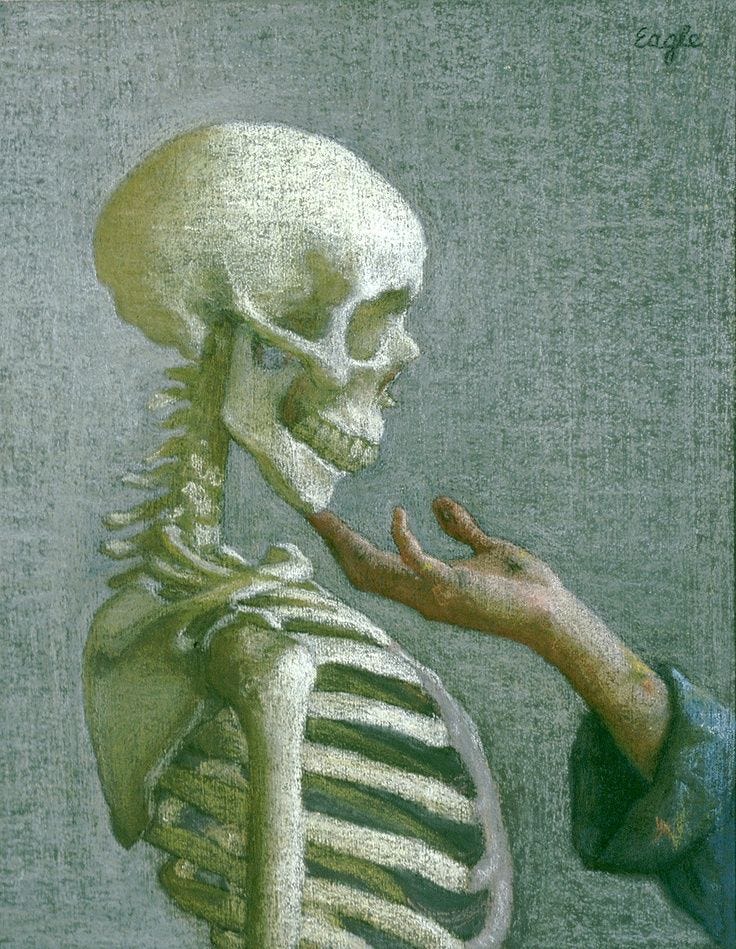Your Back Pain Is Not Because of a "Slipped Disc"
A self-reinforcing harmful belief
The most common explanation for lower back pain goes something like this:
"Your spine consists of vertebrae stacked with shock-absorbing discs between them. When you lift incorrectly or move suddenly, these discs can bulge or herniate, pushing against nearby nerves and causing pain that may radiate down your leg."
So if this happens, you rest and pray it heals. Or do a spinal fusion so the nerve is no longer being "pinched."
This is a highly misleading explanation.
For one, herniations are neither necessary nor sufficient for lower back pain. In a classic pain science study, M.C. Jensen et al. (1994), brought in about 100 healthy pain-free participants off the street and decided to image their spines. Since they are healthy, you'd expect basically none of them to have herniations. After all, we know that herniation causes pinched nerves which cause pain.
Instead, what Jensen found was among this population that had no reported pain, 52%(!) of them had some degree of herniation.
The Jensen paper has become a classic in pain science. It's been replicated several times, and the original has over 3000 citations.
OK, so this shows that you might have a herniation but no pain. But then surely if you already have back pain, you probably have a herniation, right?
No.
Take the spinal images of those with back pain and those without, and clinicians cannot reliably distinguish between the two.
This is even acknowledged in the WHO profile of back pain: "We estimate at least 85% of lower back pain does not come from structural damage."
This makes much more sense if we can reconsider chronic pain as some sort of stuck prior. You might equivalently say that the nervous system continues to generate predictions of harm even with innocuous sensations.
Pain is something your body does.
Perhaps the strongest vindication of this are the thousands of people who report their back pain being resolved by education (e.g. Dr Sarno’s Healing Back Pain). What can the standard explanation for lower back pain say in the face of that?



